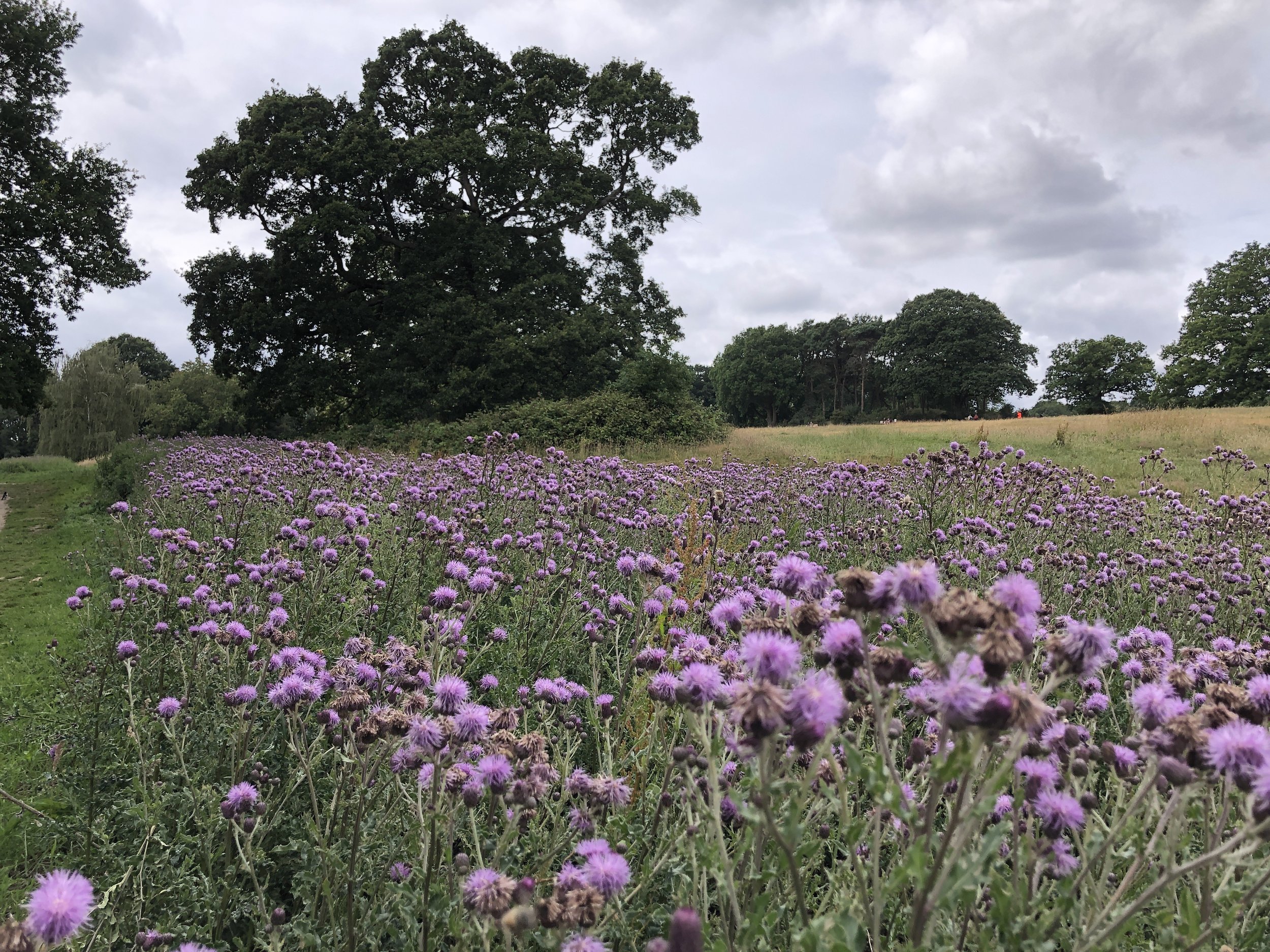50km Hills of the North Rejoice
The view from Alexandra Palace
Overview
When Charles Oakley wrote his big - and only - mid-nineteenth century hit, ‘Hills of the North Rejoice’, he perhaps had this circuit of North London in mind. There are certainly hills on this ride, (including the infamous Swain’s Lane climb) and plenty of ‘rivers and mountain springs,’ (including Hampstead Ponds where there’s opportunities for swimming). But it’s not just hills which make this route, for there are all sorts of architectural and cultural gems; the Arsenal stadium, Clissold Park, the bagels of Stoke Newington, a string of some of London’s grandest houses in Hampstead and Hampstead Heath which is part of the International organisation, ‘Global Quiet Parks’. It’s a gem of a ride.
Revised and updated February 2023
Revised again July 2024, and was Guided Ride in August 2024

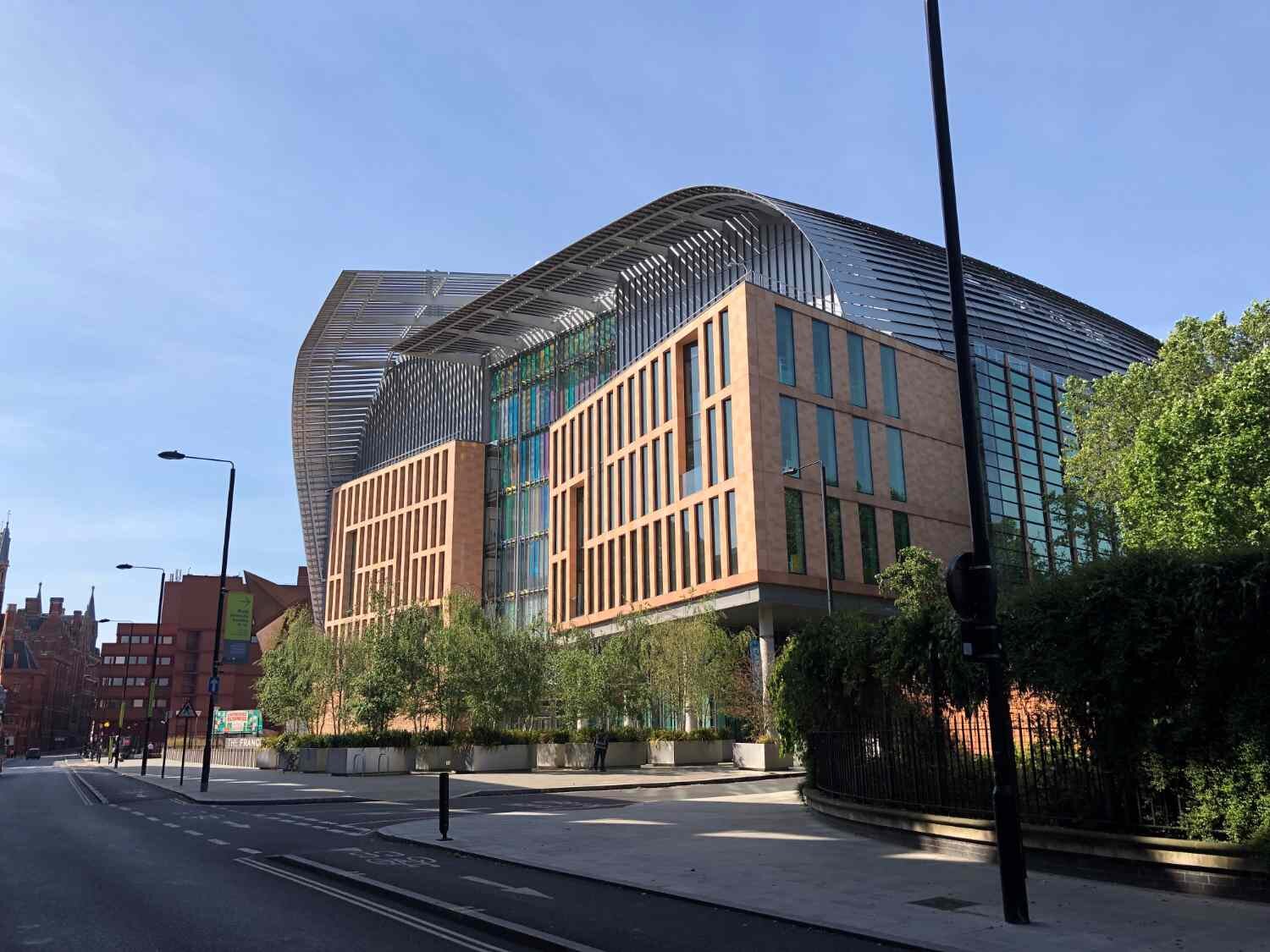
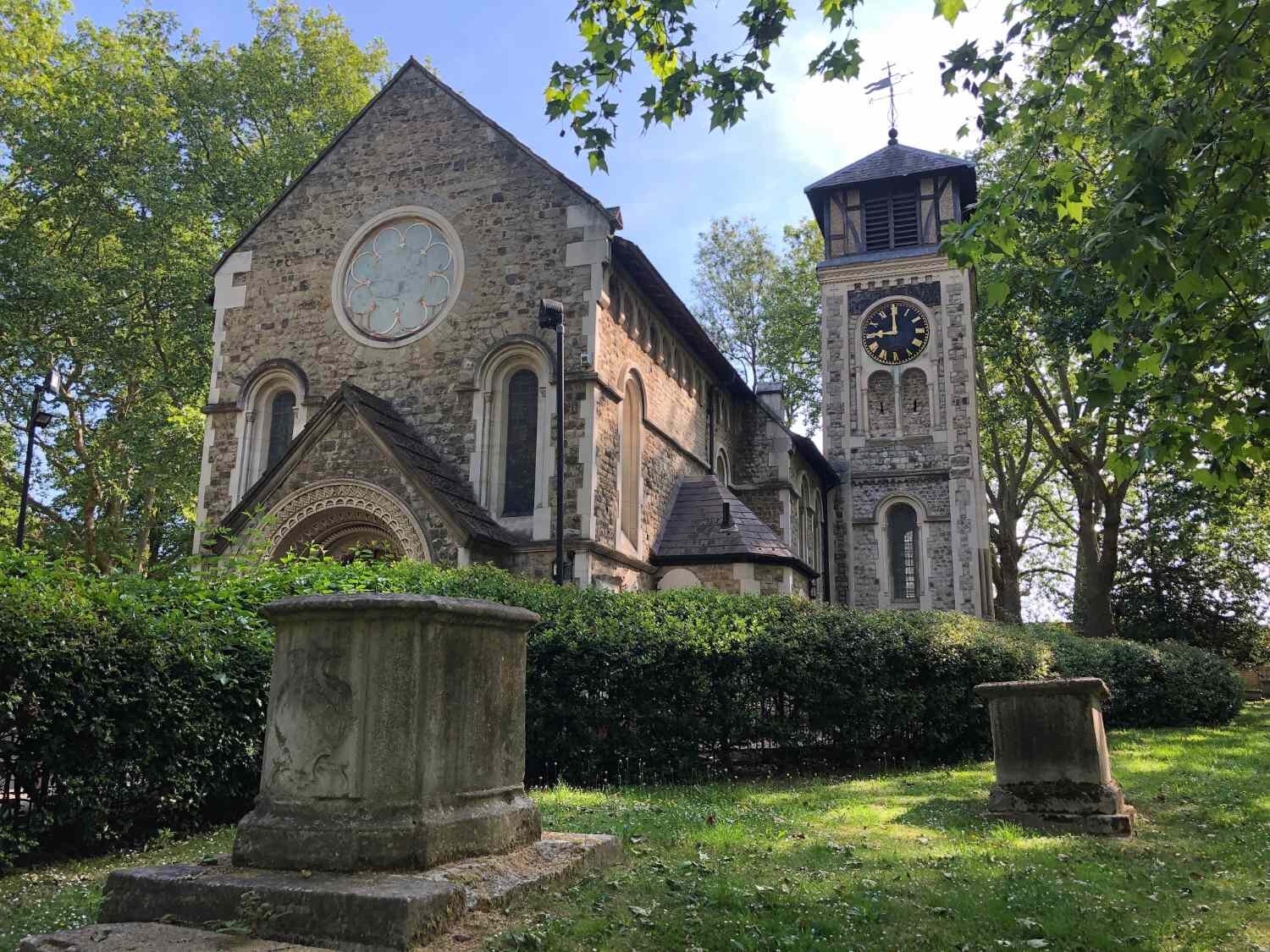
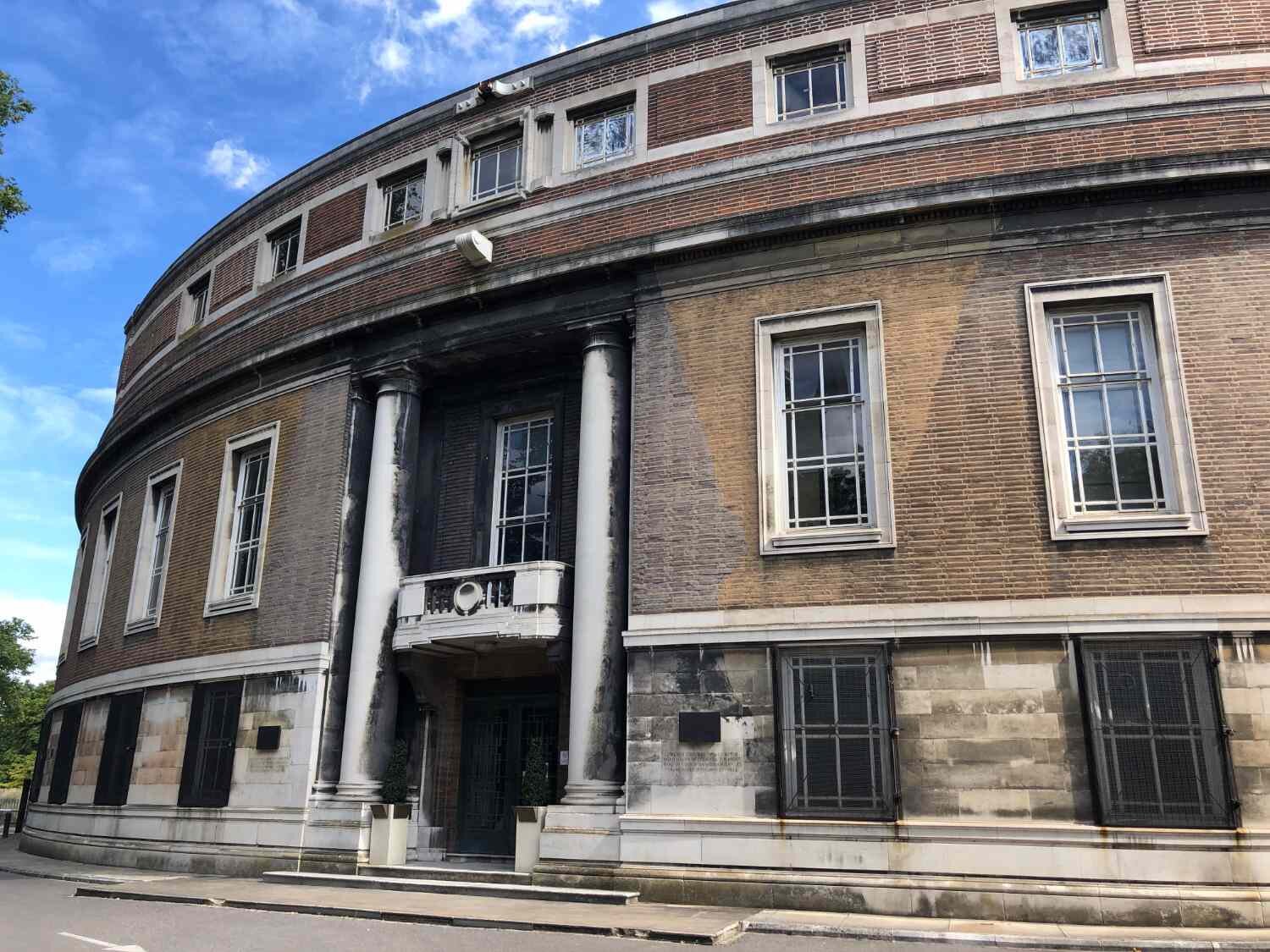
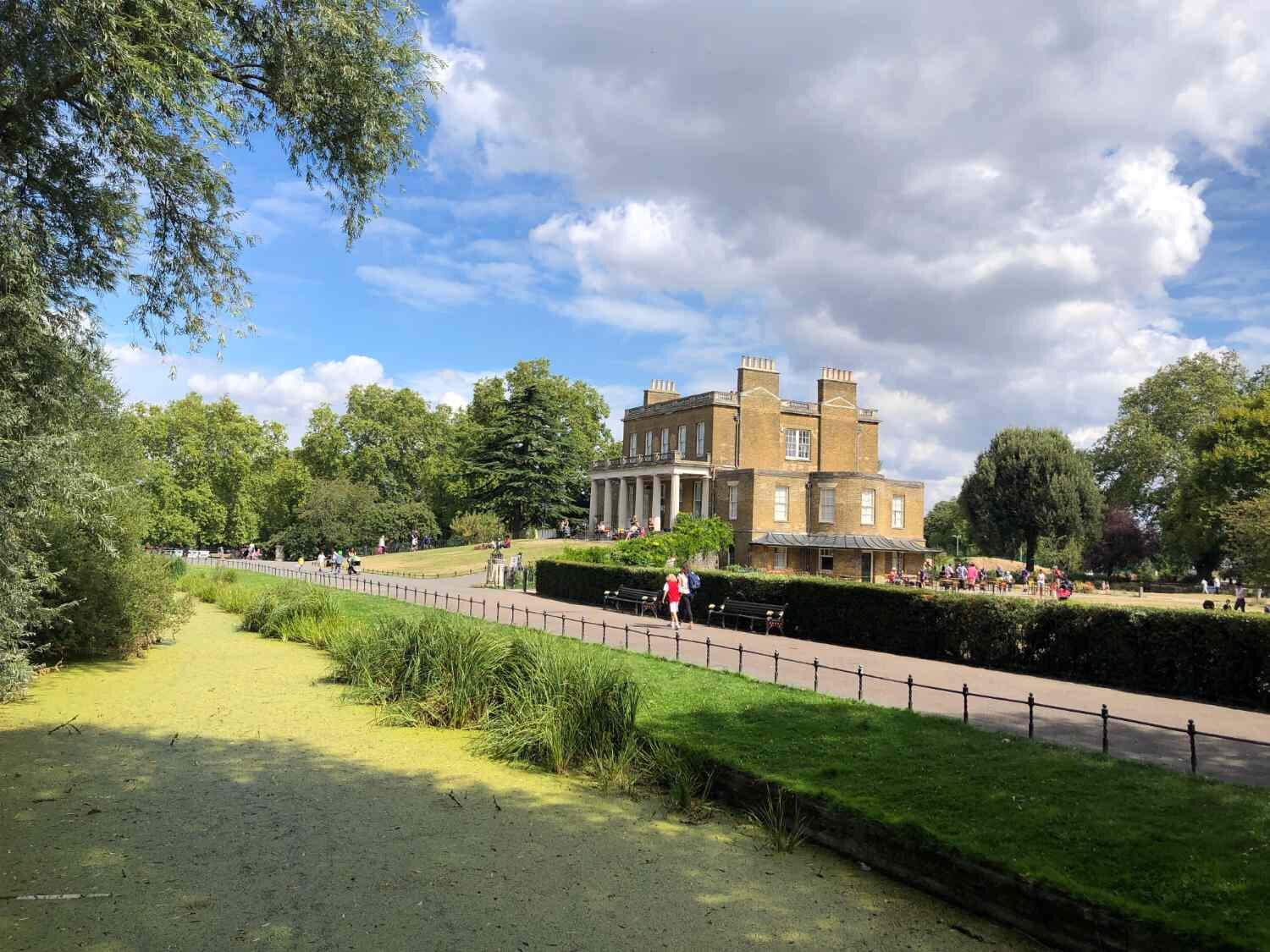
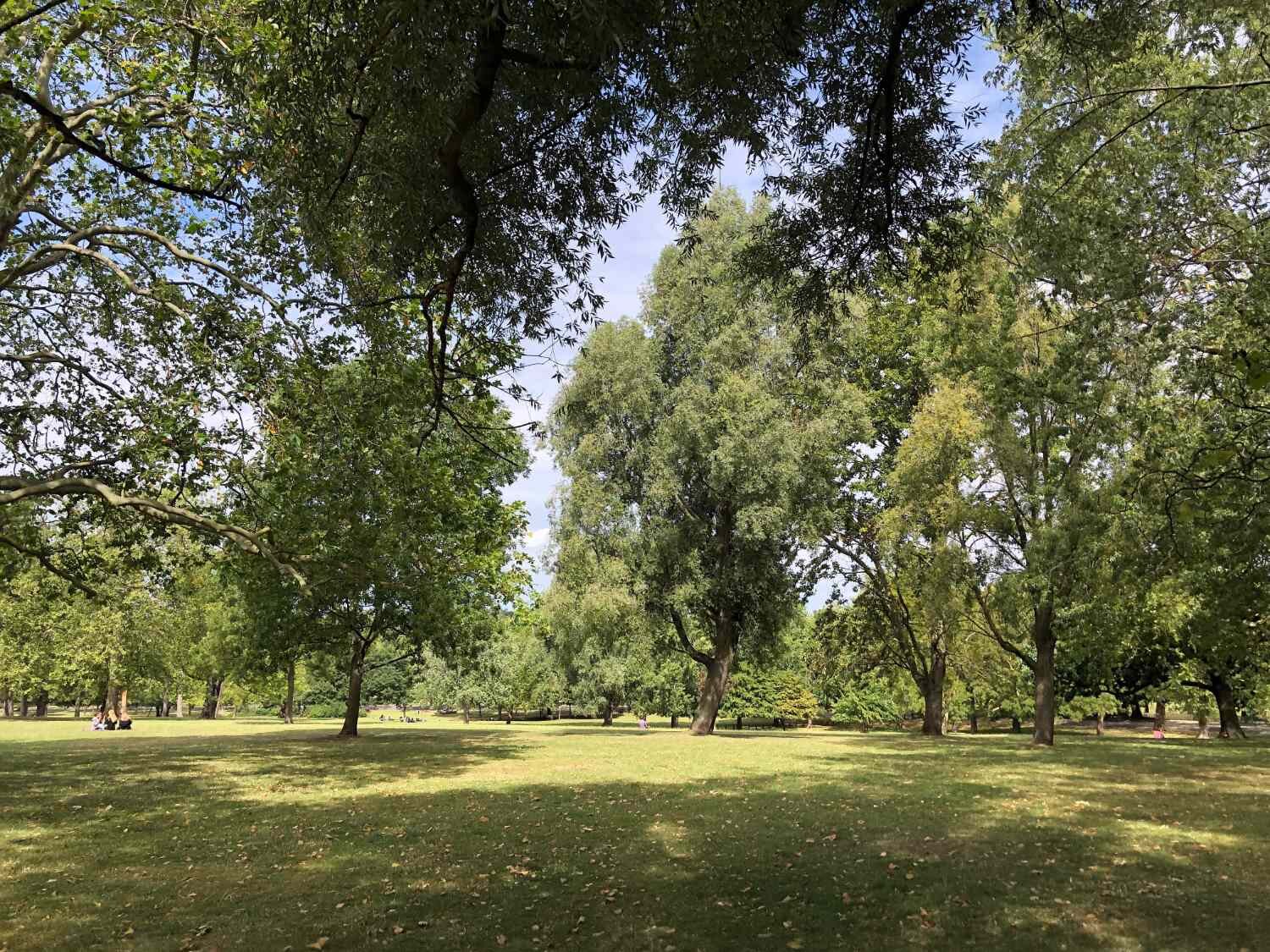
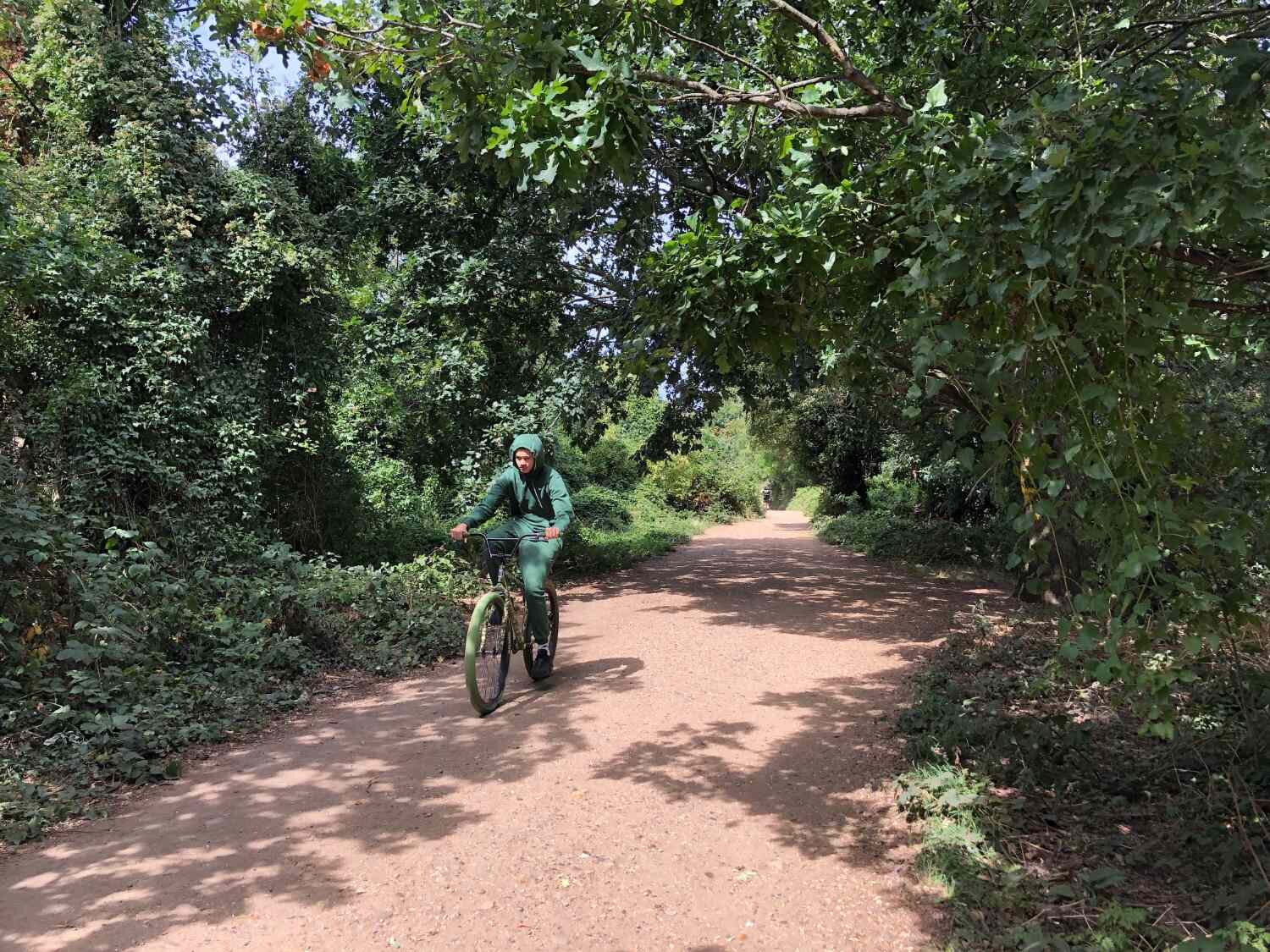
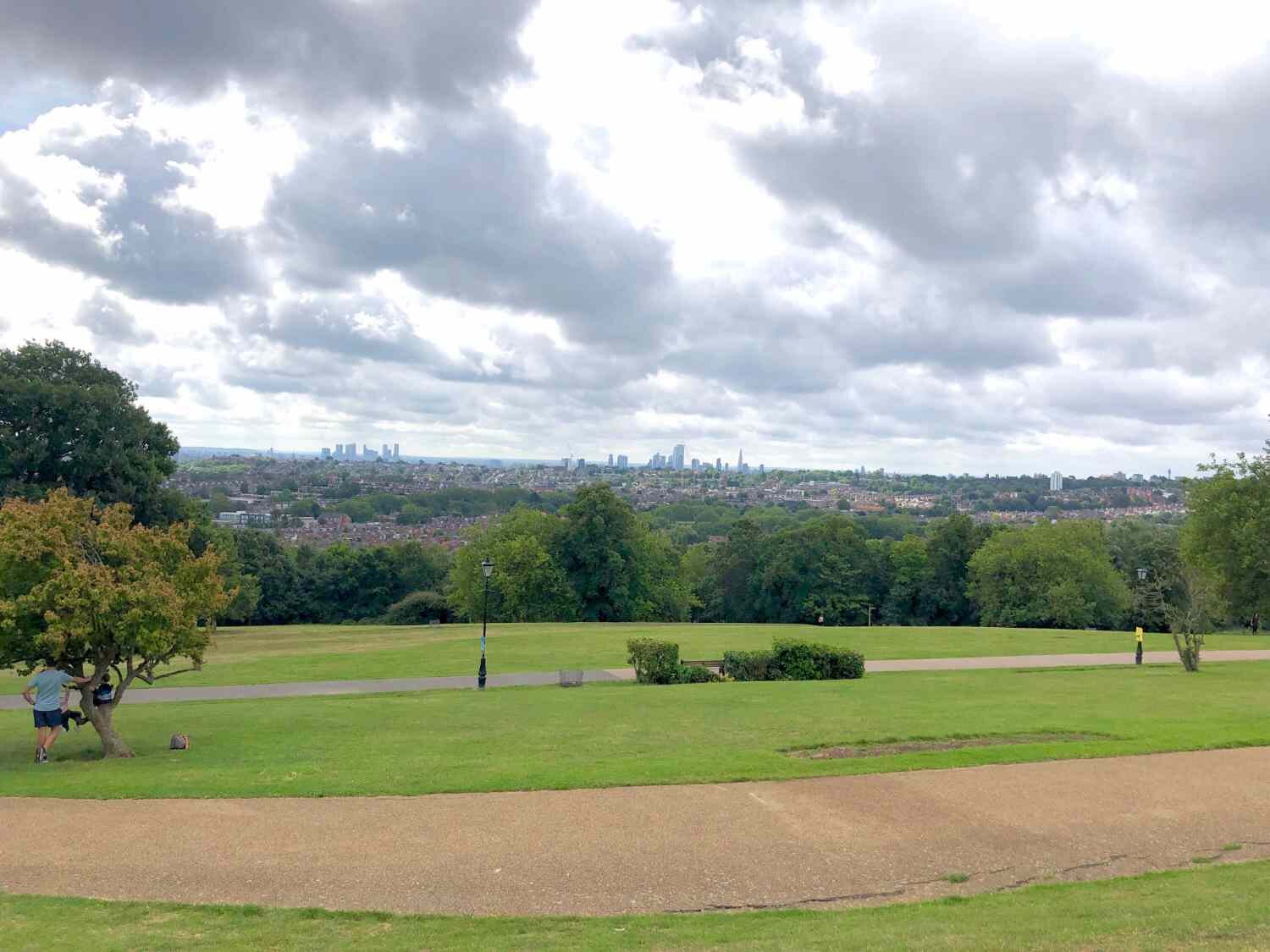

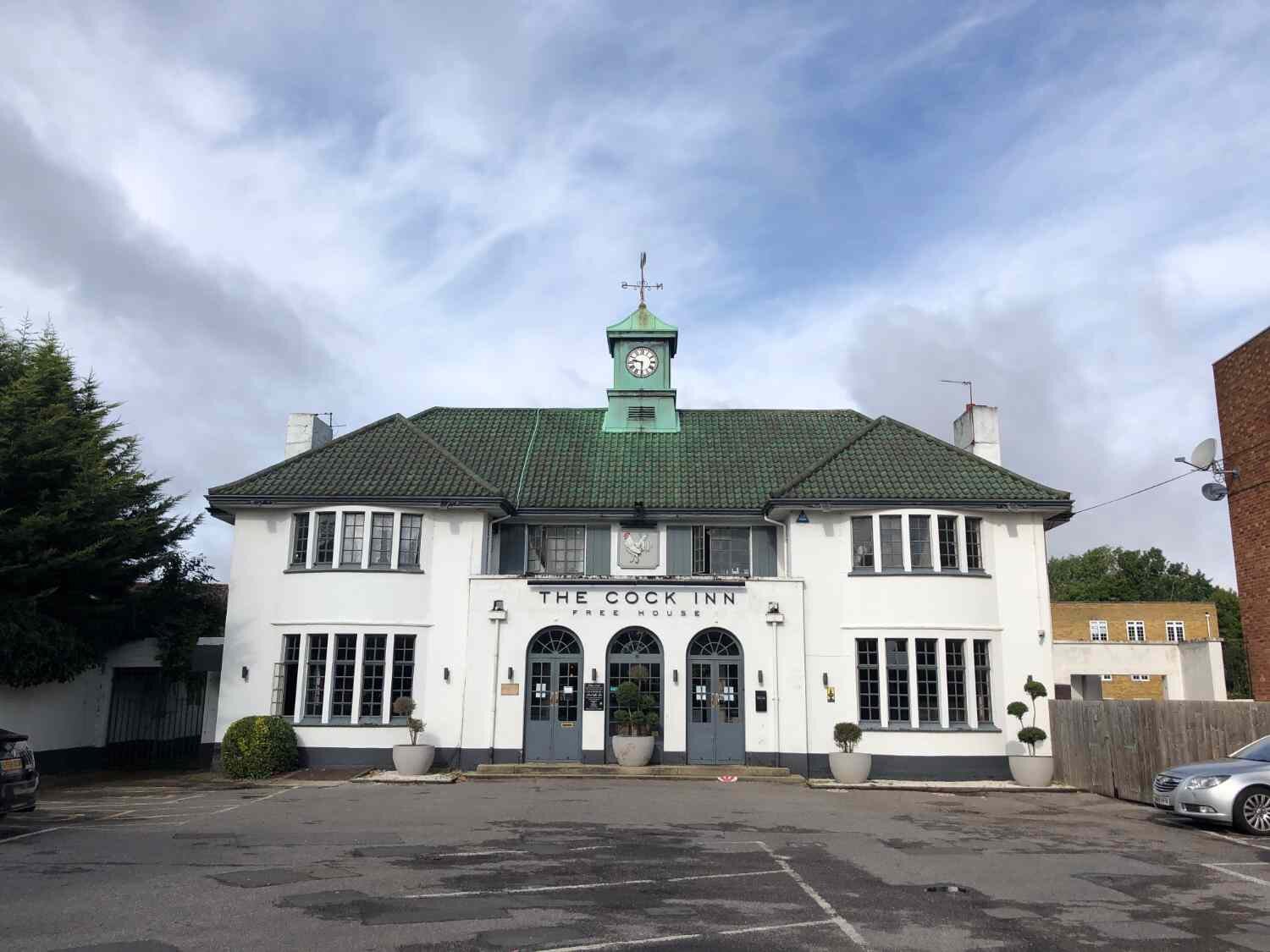
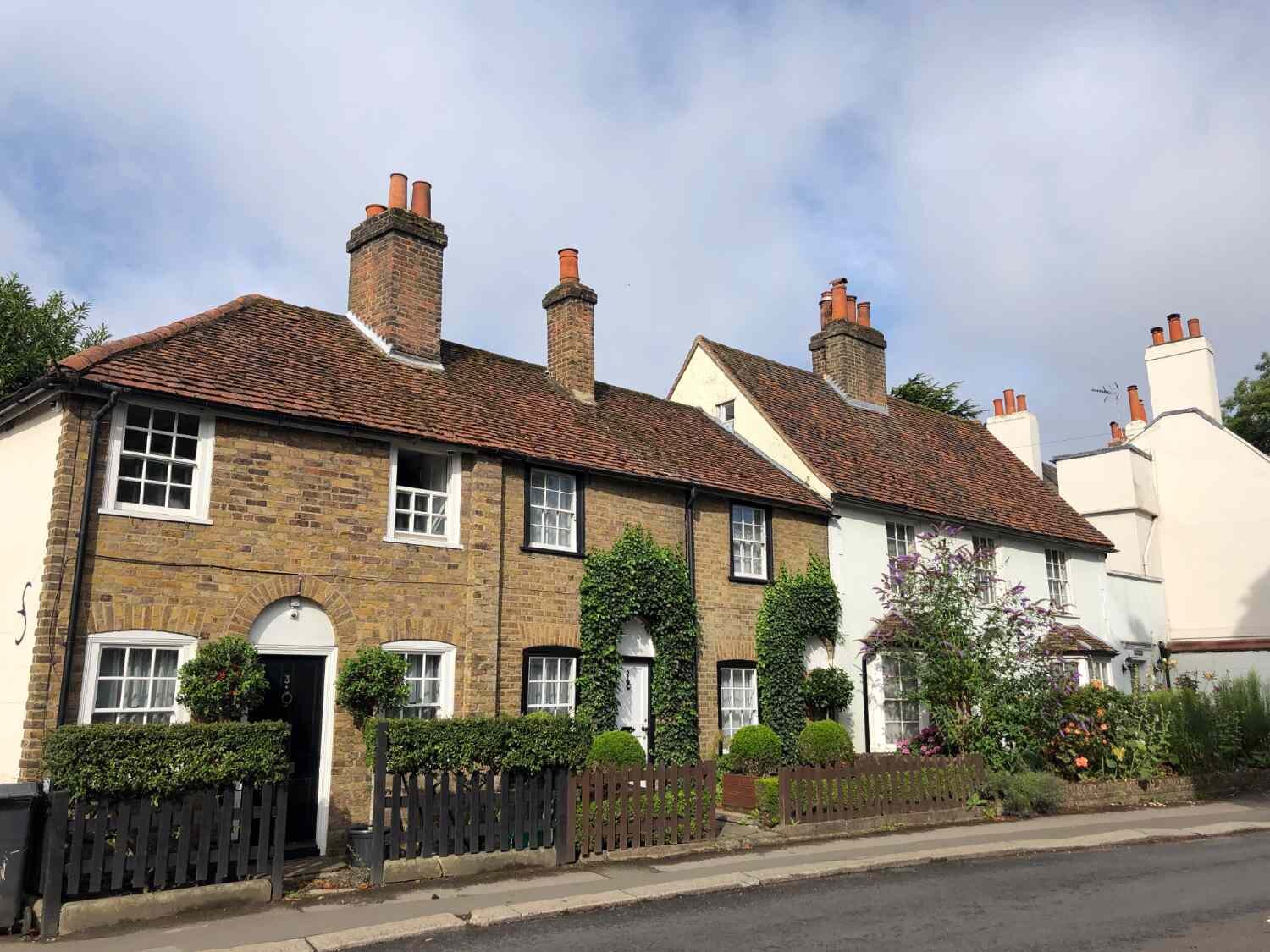
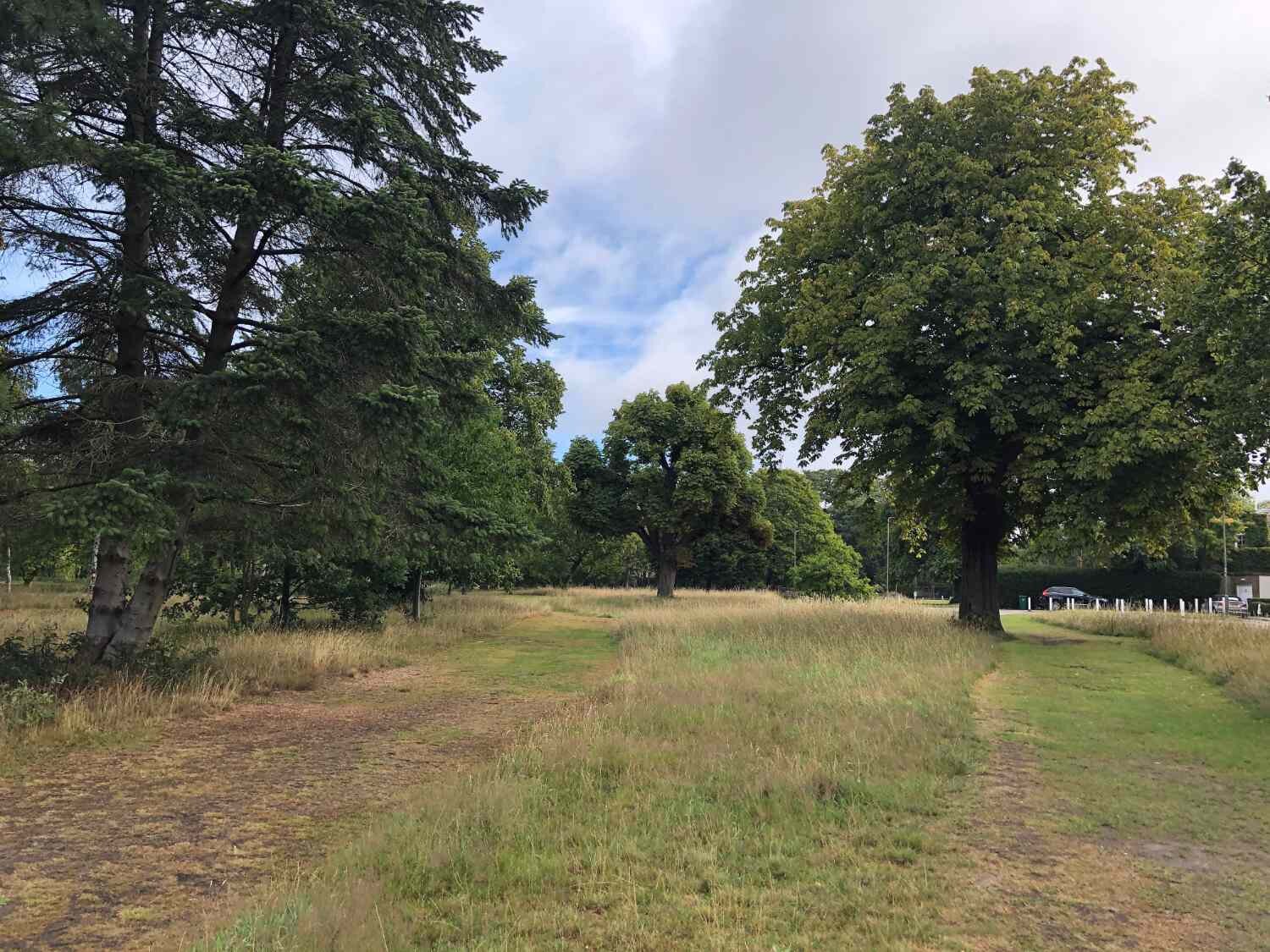
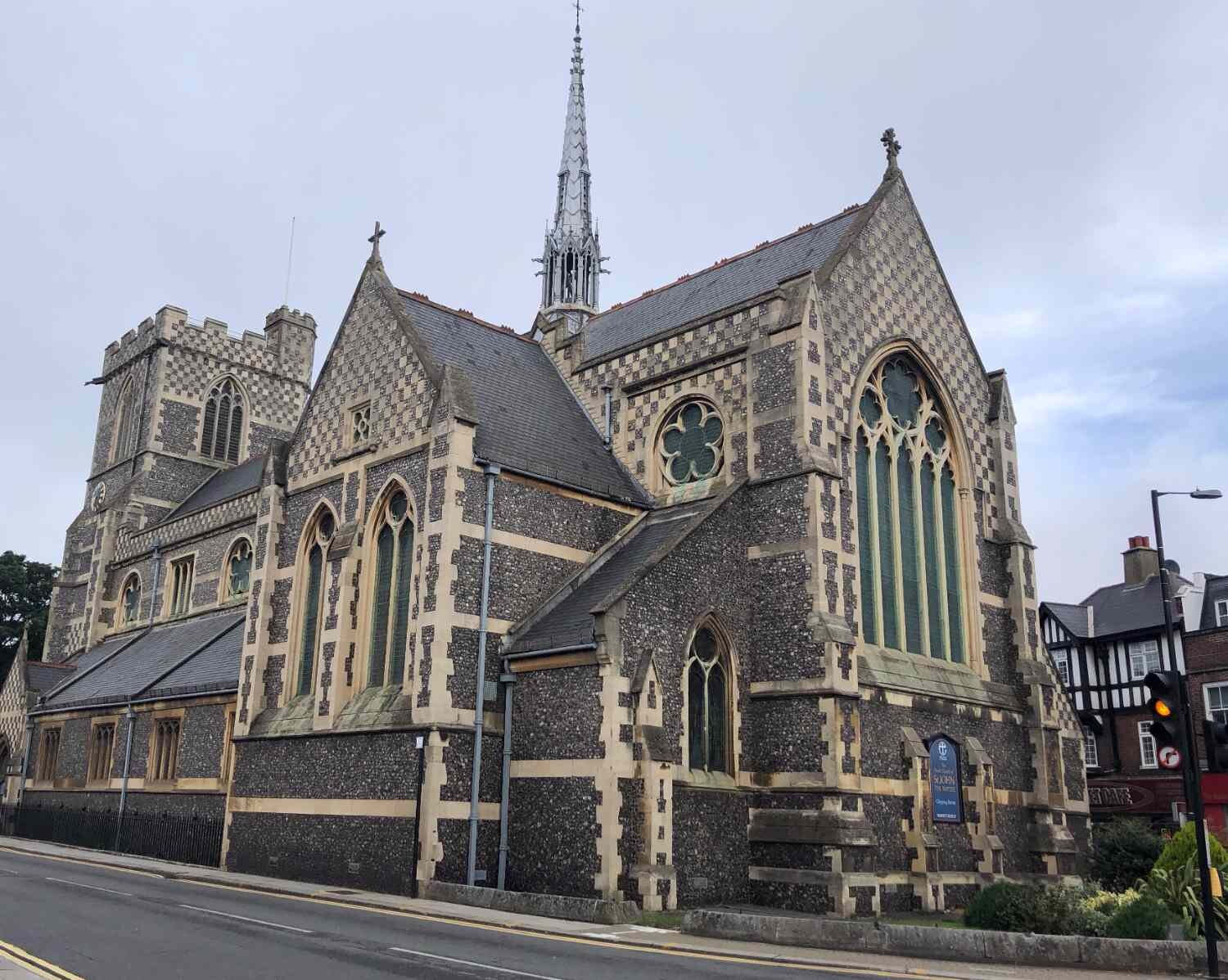
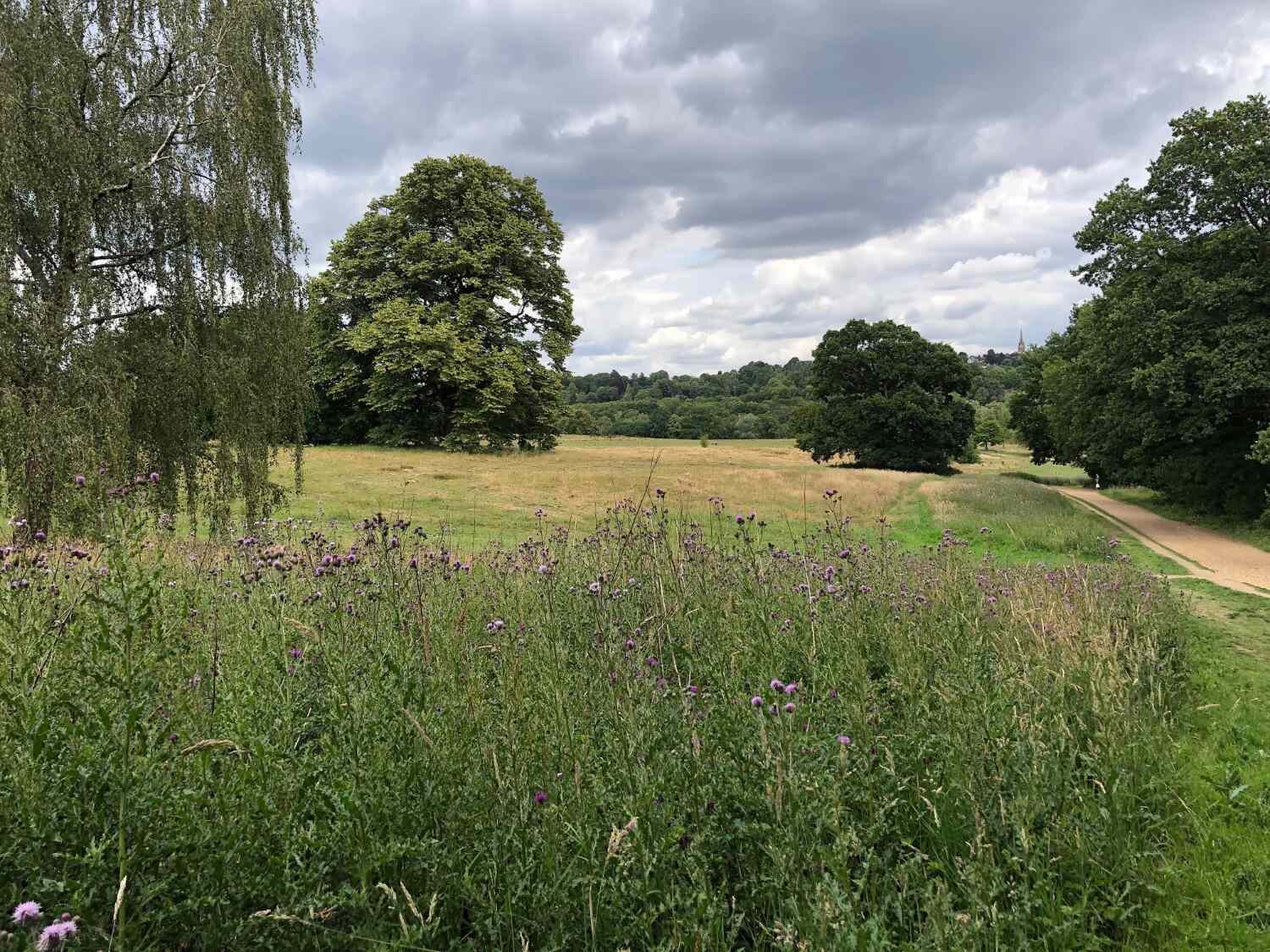
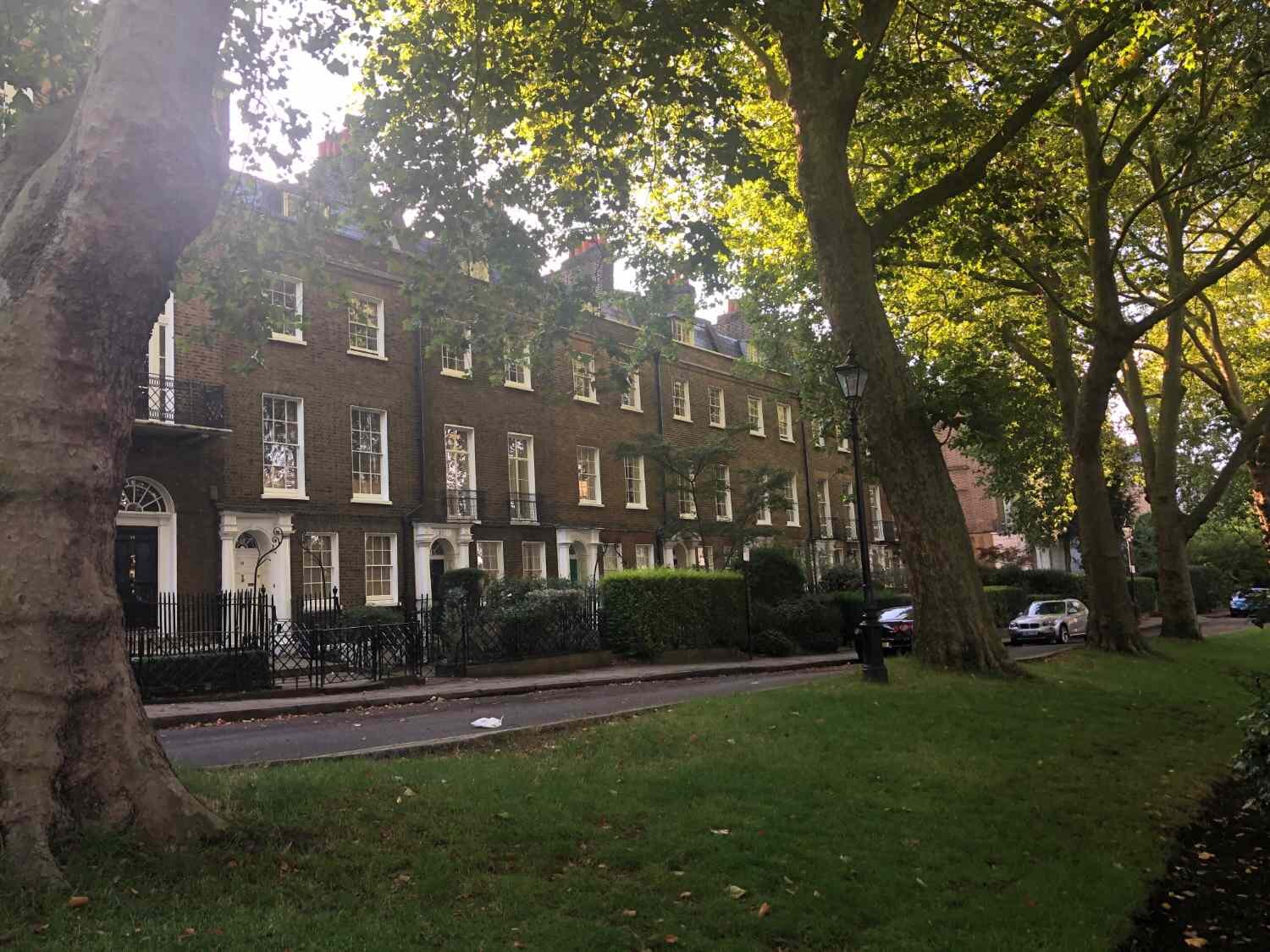
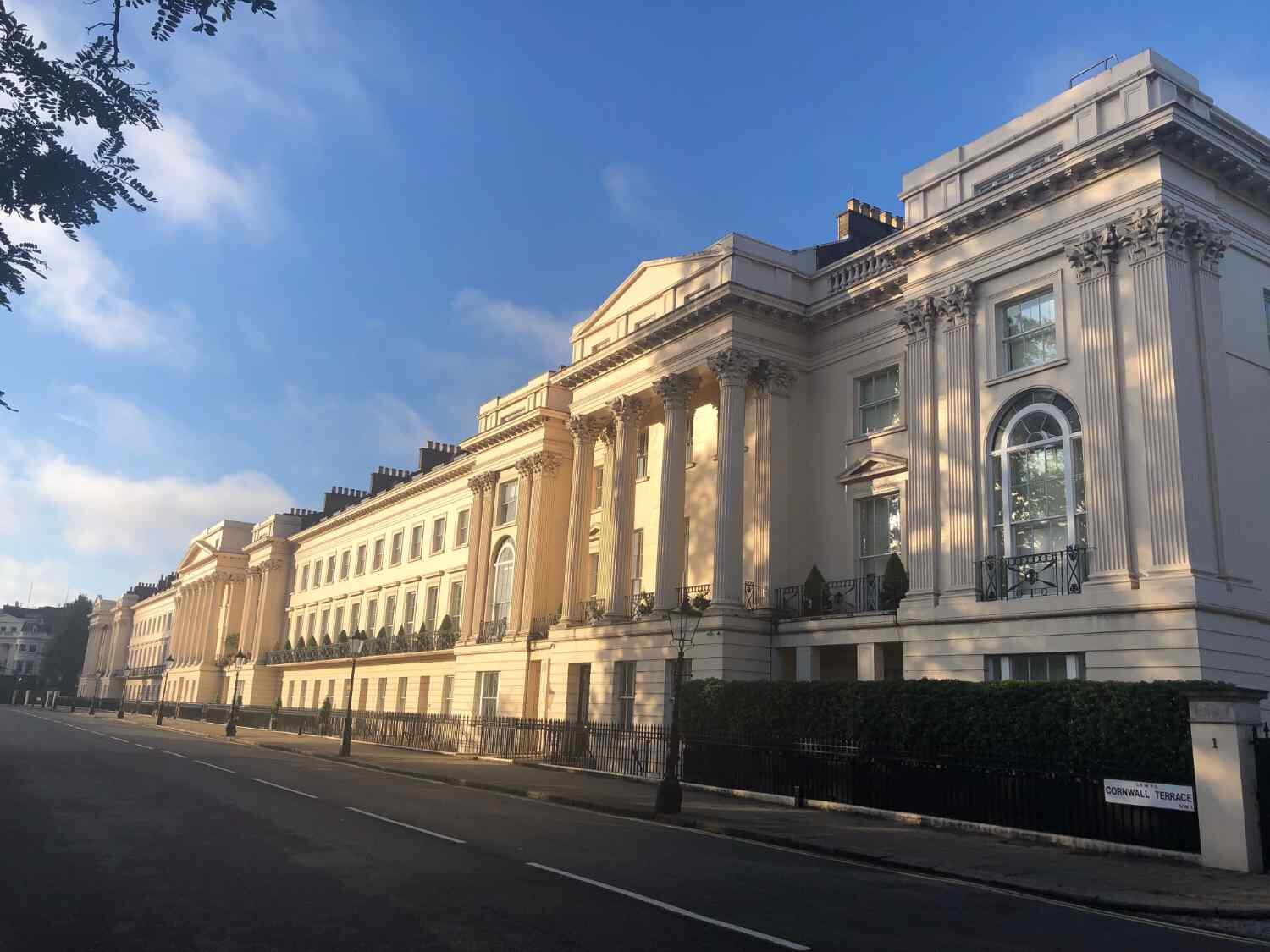
Ride practicalities
START/FINISH: St. Pancras/King’s Cross Station DISTANCE: 50km. TOTAL ASCENT: 624m TERRAIN AND SURFACES: Mainly traffic-free cycle paths through parks with good surfaces throughout, other than Park Walk and Hampstead Heath, where a gravel bike would be ideal. The rest of the route in on cycleways or on low traffic roads. FOOD AND DRINK: King’s Cross; Grangers, Stoke Newington; Fresh BakeBagel, Hampstead; The Holly Bush, The Flask, St. Pancras; The Hansom, King’s Cross; The Queen’s Head MAINLINE TRAIN SERVICES: St. Pancras/King’s Cross LINKS TO OTHER RIDES:
Ride Notes
The route begins with an optional breakfast in the Victorian splendour of the Old Midland hotel at St Pancras Station, (now called the Renaissance). The hotel is an integral part of one of the world’s great railway termini, and within its Victorian Gothic splendour, a great British breakfast in the Hansom restaurant is perfect fuel for the route ahead. If foregoing breakfast, it’s worth pausing inside the station which was designed to impress. The platform is held up by 688 cast-iron columns which allowed the trains to pass over the Regent’s canal just to the north and also to avoid the challenging climb up towards Kentish Town. Above, the roof was at the time of its construction, the largest single span roof in the world. (240m long, 75m wide and 30m high).
Awed and with breakfast partially digested, you set off towards the next door railway terminus, King’s Cross, where behind the station, we ride a short circuit of the wonderfully restored Coal Port Yard. For over a hundred years, the area around King’s Cross was largely a no-go area, unless you were in need of a prostitute’s services or had a drug/gang appointment. Nowadays, the area bristles with modernity, cafés and architectural gems. The trail takes you onto the canal and up to Camden, where some of London’s greatest wall art is to be seen. Here too, is a bustling market and shops selling anything from violins to nail varnish. On a summer Sunday, it can be busy with tourists so feel free to by-pass the market area if this is not your thing.
Continue up to Parliament Fields, where the first swimming opportunity of the day beckons in the Lido. There’s also a great view over the London basin along with the lower slops of Hampstead Heath. It’s almost rural here.
Royal College Street - one of the many joys of London, is it’s constant re-invention. Ultra modern betwixt the classical Georgian
From here, there’s another kilometre before the arrival of the first test of the day. Swain’s Lane is a narrow road which runs uphill for 800 metres, topping out at 20%. In London’s cycling lore it’s a ‘big thing’; iconic. Every September the London Hill Climbing Championships take place on it, but for you today, there’s no rush; take your time. You may wish to stop half-way and visit the famous Highgate Cemetery, one of London’s Magnificent Seven Cemeteries, filled with not only the bodies of the famous such as Karl Marx, but also with some outstanding Victorian funerary monuments. From the top of the climb, there are more quiet and elegant streets until you arrive in the modernity of Arsenal and its football stadium and later, lovers of vintage bikes should look out for Sargent and Co. It’s London bike shop icon.
In Stoke Newington, as well as its famous bagel shops and collection of artisanal cafes, there is another of the Magnificent Seven Cemeteries, Abney Park, built using private money, to accommodate the dead of the ever-expanding city. Over 200,000 bodies rest within what is now a nature reserve. Gothic in its splendour, as well as mysterious and beautiful, it’s well worth a walk round.
The route continues on traffic-light to Woodbury. Here, beside the New River reservoirs which were the main source of water for Londoners until the mid-nineteenth century, you’ll find a wonderful co-existence of towers, gardens, water and sinuous pathways which combined make this a serene part of the ride.
Continue into Finsbury Park and along the rough gravel of the Parkland Walk, which had once been an extension of the Northern Line.
Arsenal Football Club
Once back in Highgate, you have a choice - a loop up to the splendid Alexandra Palace, via the appealing nighbourhood of Crouch End, after which you ride and climb through another nature reserve before arriving at Alexandra Palace where there are superb views over the whole of the London basin. The Palace was built in 1873 as a place of entertainment, education and recreation. Many famous musicians and bands have played here including the Rolling Stones.
The loop takes you back to Highgate from where you drop down to Hampstead Heath, passing any number of glorious set-piece houses. Back on the Heath, you ride on one of the three paths on which cycling is permitted (in this one of the largest open spaces in London) past swimming ponds and into Hampstead itself. The road briskly ascends a couple of short and sharp hills, and at the top of the second one, there’s a great café at Burgh House. Refreshed, glide down Flask Walk. Just about everybody in Britain’s creative world has lived either on the roads you ride on, or just off them; Keats, Constable, Dickens, Ricky Gervais, Peter Sellars, Melvyn Bragg and countless others. You also ride past The Flask, and the Holly Bush, both London pub institutions.
The route continues down the hill through the very well healed streets of Hampstead and on to Regent’s Park one of the great urban parks of any world city. The park was designed by the Prince Regent’s (later George IV) architect John Nash, who set out in 1811, to transform farmland into an idyllic and classical country landscape. A large boating lake, tree-lined pathways, a rose garden to rival any in the kingdom, a zoo, an open-air theatre and acre upon acre of immaculate pleasure grounds where north Londoners take their leisure.
Hampstead Heath
Quiet streets and cycleways take you back to the ride’s beginning at St. Pancras Station passing one of England’s oldest sites of Christian worship, St. Pancras Old Church. Within the churchyard, there is one of London’s stranger curiosities. In order to make way for the new Midland Railway which passed through a section of the burial ground, Thomas Hardy, the architect and later famous author, exhumed the bodies and arranged their gravestones in pairs around the base of an old ash tree. Over time, the tree has grown and its roots have displaced some of the stones into a petrified jumble. Later Hardy wrote about the site in his poem, ‘The Levelled Churchyard’;
Oh, passenger, pray list and catch
Our sighs and piteous groans,
Half stifled in this jumbled patch
Of wrenched memorial stones!
The tree has since blown over in a storm (2023) and work is on-going to restore the grave stones. From here, it is but a few pedal strokes back to one of the great monuments of Victorian architecture, the former Midland Hotel.
Every route on this website has been carefully researched as well as ridden. However situations on the ground can change quickly. If you know of changes to this route, or cafes, pubs and the like which you think other cyclists need to know about, feel free to share your thoughts below.
If you enjoyed this guide, why not subscribe to the website so as not to miss other inspirational routes?
wheremywheelsgo.uk is a Feedspot UK Cycling top website



